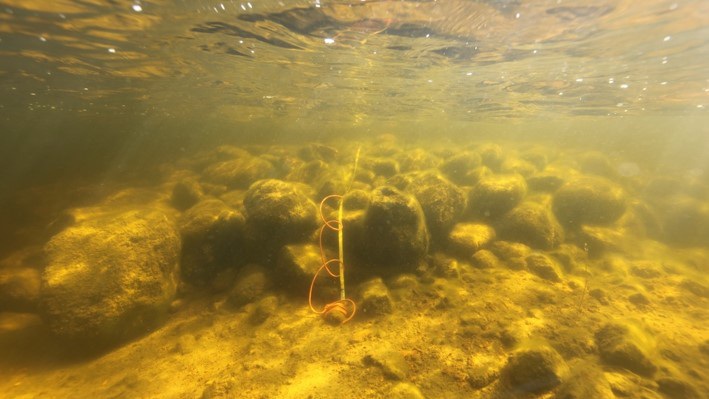
Underwater landscape
What does the landscape look like below the waterline? Often, the terrestrial landscape seamlessly continues underwater, but sometimes the underwater world has its own distinct features, seemingly disconnected from the above-water landscape. If we could remove the water's surface, understanding and experiencing the natural and cultural elements of the landscape, as well as the interaction between humans and the landscape, would be easier.
Humans have had experiential knowledge of underwater nature for a long time, but it is only with the increasing popularity of recreational diving and advancements in technology such as side-scan sonar, multi-beam echo sounders, and underwater robotic cameras that we have been able to intensely see, experience, study, and visualize the underwater world. Furthermore, the development and utilization of underwater areas are becoming more widespread, leading to discussions of a race for underwater territory.
Definition
According to the European Landscape Convention, "landscape means an area as perceived by people, whose character is the result of the action and interaction of natural and/or human factors." Thus, a landscape always requires an observer and an experiencer.
What is the visually perceptible appearance of an "image of the landscape" for the underwater landscape or cultural landscape? The underwater landscape is not just about shipwrecks, ancient structures, and cultural layers or their combinations. Other signs of human activity can also be found underwater. Side-scan sonar reveals drag marks from trawling and large ship anchors, remnants of minefields from the world wars, craters formed by underwater explosions, areas where different materials are piled up, and dumping grounds. Indications of human underwater activities also include sewer outlets, cooling water intake and discharge openings of nuclear power plants, and dredged ship channels.
Valuation
There are many open questions related to the underwater landscape. Should we expand our understanding of underwater cultural heritage? What is worth researching and protecting? What traces were left underwater, for example, by the extraction of ore from lakes by traditional methods or the use of rounded stones by waves as street surface materials? What does the national landscape of central Helsinki look like underwater? How does the landscape of the Suomenlinna World Heritage site appear underwater? And what traces will we leave in the underwater world, and what are our experiences of it?
There is an increasing amount of activity underwater, and people seek experiences from this underwater world – making it a relevant topic. Divers produce and showcase underwater landscapes on the internet. The underwater landscape imagery is being constructed and presented in movies, games, and art as well.
To understand the underwater landscape and cultural heritage, discussions, defining of concepts, classification of sites, contemplation of conservation, management, and presentation methods, development of an underwater discovery registry, and testing of viewpoints are all necessary.